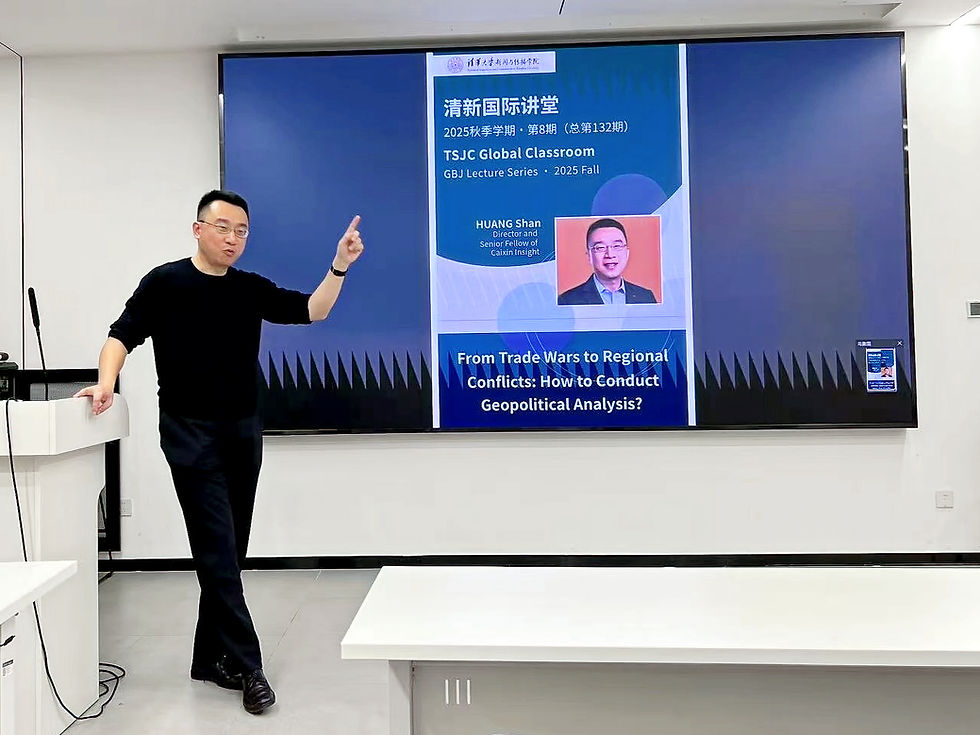GBJ/ICFJ webinar: How to cover the economic implications of COVID-19 pandemic for a local audience
- Rick Dunham
- May 8, 2020
- 3 min read
Updated: Jun 9, 2020

By JENNIFER DORROH
International Journalists' Network (IJNet) The International Center for Journalists (ICFJ) is connecting journalists with health experts and newsroom leaders through a webinar series on COVID-19. The series is part of our ICFJ Global Health Crisis Reporting Forum — a project with our International Journalists’ Network (IJNet). This webinar was co-sponsored by the Global Business Journalism program.
In Rick Dunham’s 35 years as a reporter, including 15 years at Business Week, no previous economic story has compared to the current global economic crisis. Fallout from the COVID-19 pandemic is the “biggest economic story of our careers,” he said in a webinar on May 1.
For the communities we serve as journalists, it’s also an intensely local story, he said, and it's important for reporters to place it in context.
"24/7 news has made basic news a commodity, said Dunham, who is co-director of the Global Business Journalism Program at Tsinghua University in Beijing. “More than the ‘What?’ we need to be able to answer ‘Why?’ ‘How?’ and ‘What next?’”
Dunham shared a wealth of tips for localizing stories in the latest ICFJ webinar. Watch the webinar here:
Here are additional tips from the webinar:
Add value to the facts
Localize national and global trends
Observe your community and look for trends that haven’t been covered yet
Concentrate on underserved communities
Look for examples where conventional wisdom is wrong or where your community is different from your country as whole
Take the reader behind the scenes, behind closed doors of a business
Help the reader understand the significance of an event to the community
Look for data-driven stories, and find human stories to back these up
Story ideas
Dunham shared a number of questions to help reporters find ideas in their communities, including:
What are the major employers in your community? What are the strongest industries? How are they faring?
How dependent on density in the workforce or for customers are employers in your community?
What was income inequality like in your community or country before the pandemic? How are less wealthy people more at risk now?
Is your local unemployment higher or lower than the national average?
How capable is the healthcare system of weathering a major outbreak?
How competent is the government to enforce distancing, if needed? How will that affect the economy?
Which local companies are:
changing what they make to produce something people need during the pandemic?
donating their products (especially restaurants) to people in need or to first responders?
making protective gear or other newly “in demand” products such as cleaning supplies?
running a vibrant e-commerce component, and which are now struggling with online sales?
applying for government aid? For this story, Dunham suggests using a local business as a case study, following it through the process, which can often be difficult and time-consuming.
National stories with high local interest
The tension between economic recovery and community health
Comparisons between this collapse and its local effects to other modern downturns, such as the 2008 financial crisis
Impacts on human rights, workers’ rights, press freedom and workplace safety. For example, have certain industries been ordered back to work in your area? Are those workplaces taking precautions to keep people safe?
The long-term consequences of the increases in debt (on the part of individuals, companies, local governments or the national government) on the people in a community
Sources of global data
Professor Dunham’s slide presentation, which includes even more resources, tips, story ideas and examples of great coverage, is here.




Comments